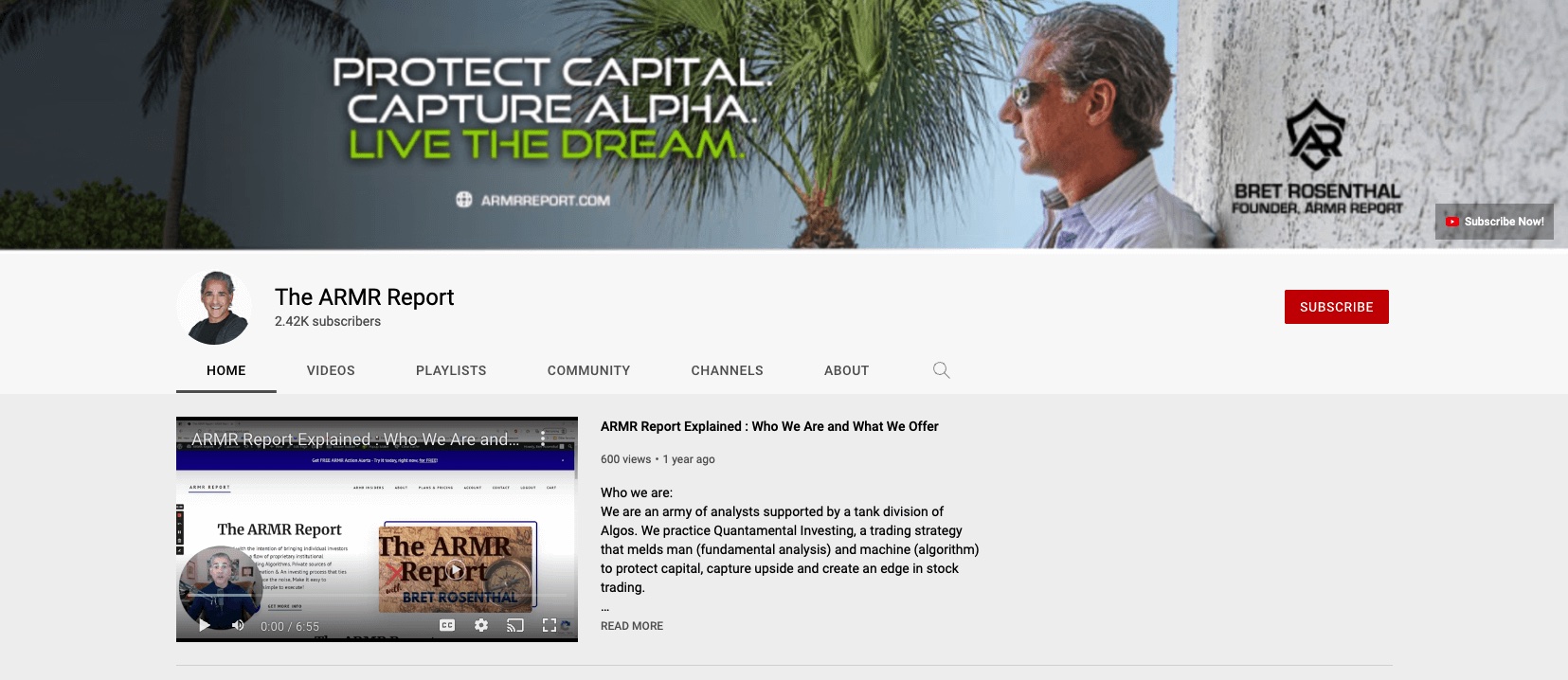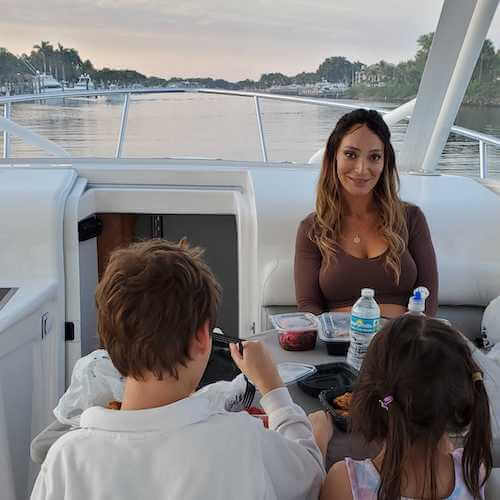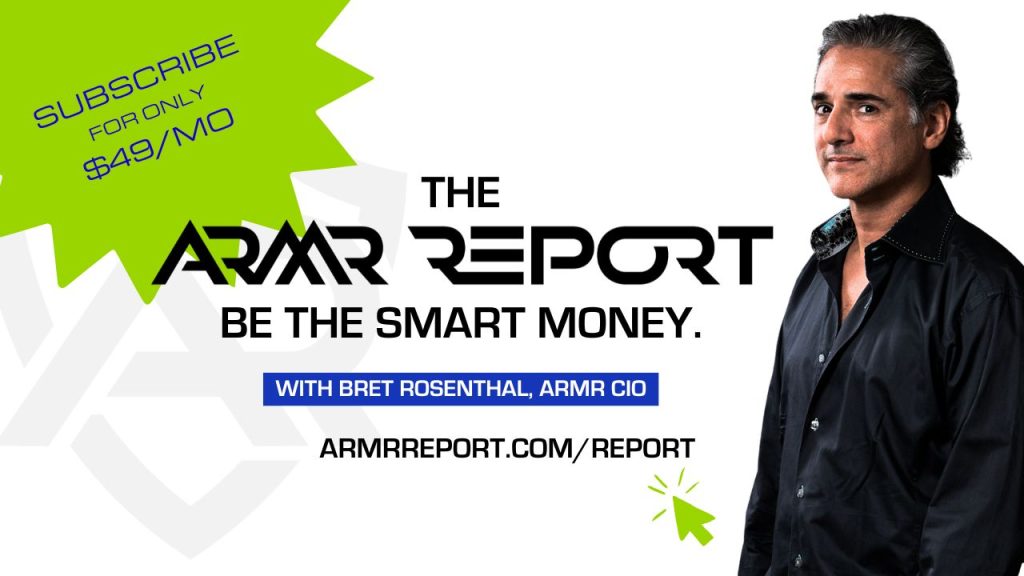BRET ROSENTHAL
Former hedge fund manager | Husband | Father | Boat Captain | NY Rangers Fan
THE BEGINNING….
The team wanted to write this page, but I wanted to come to you straight, pure, completely authentic and wholly me. Because when you’re looking for the best mentor for stock trading, you want to see someone with true portfolio manager skills, knowledge, and experience. And you want to proof there’s a history of understanding how to manage your money in different types of market environments.
Which is why I want you and I to really get to know each other.
Whether you’re seeking money management tips, or the camaraderie found in a trading community, you need to know that your online stock trading mentor is qualified to improve your trading strategies and investment techniques.
Because at the end of the day you want to develop a stronger trading plan by being around someone who’s already done it.
And, my friend, I have.
By the time we finish this chat you’ll feel confident that when you join the ARMR Trading Desk you’re going to learn how to successfully invest in stocks from a real person who:
- lives and breathes stock market trading
- has ideas about the best risk reward trading strategy
- understands trading psychology and trade management
- develops technologically-driven trading strategies
- has successes and failures that answer the question, “How does the stock market work?”
- inhabits the stock trader life not only on but also off the screen
If you knew all of that you’d feel very certain that you’ve found the right online investing mentor and community — am I right?
I thought so.
With that in mind, here’s the full story of who I am, how I got here, and why I think I can help you get to the next level on your money management trading quest.
Family dinners were full of market stories: recounts of ups and downs, explanations of world events and their effects, the individual performance of specific stocks within the overall fluctuation of the stock market itself. Long before algorithms and HFT and digital execution, these were in the days of 1/4s, 1/2s, and teenies. I listened. I absorbed. I saw it all on the whiteboard of my mind. And I felt the excitement of man vs. the market; investor vs. the institution. The market vs. the world. And I wanted in, baby, I wanted in.
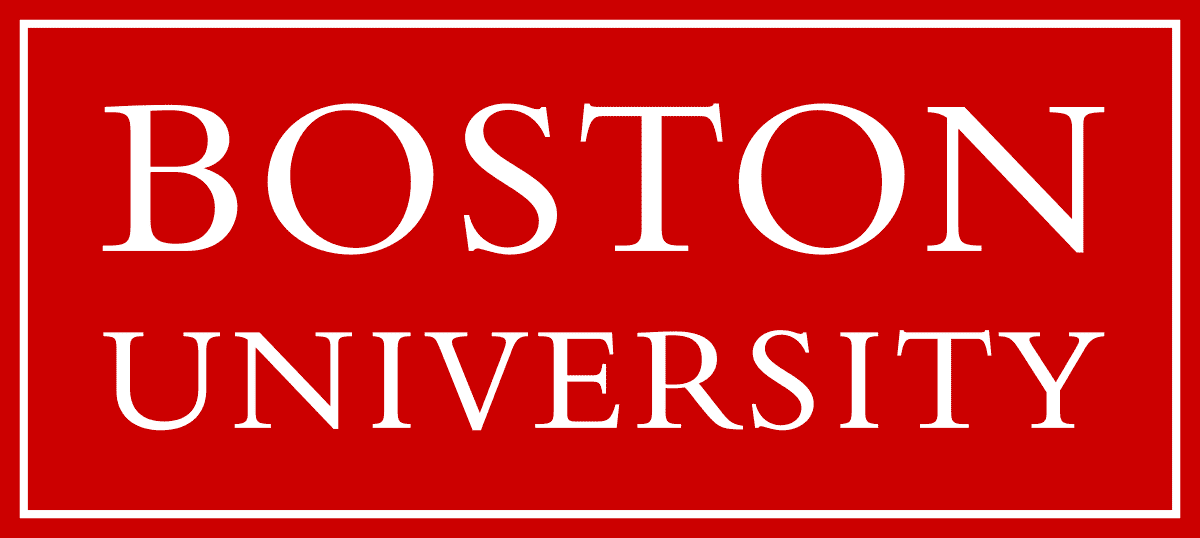
How I Started Trading in the Stock Market
I went off to Boston University School of Management already knowing I was headed for Wall Street. I majored in accounting and minored in philosophy. While I did my time in school, I was already investing. During my sophomore year a friend and I pooled our money, opened an account, and started trading. We researched stocks of interest and developed our whiteboard of ideas. We won some and lost some trades as we cut our teeth as newbie investors.
Most importantly, those days of managing my own capital and learning how to trade on my own recognizance taught me to respect the market and craft my vision of how to invest in stocks with prudence, how to manage risk in stock market trading, how to develop reliable stock trading protocols, and as much of a replicable process as a young man could master.
I launched my professional money management career as soon as possible. In the summer after sophomore year, I interned in Manhattan at Moness, Crespi & Hardt. For my junior year of college, I scheduled all classes on two days so that I could work three full days in the Boston Smith Barney branch. The following summer I worked with my father at Lehman Brothers where I became the youngest broker in the history of the firm to pass the Series 7 exam. Finally, during my final year in Boston I worked at Lehman Brothers’ Boston branch.
At last, I graduated and moved to Manhattan to permanently join my father in The Rosenthal Group, where we operated as a boutique entity within Lehman Brothers, then Prudential, and ultimately, Wachovia. From 1993 to 2005 we ran one of the most successful private client businesses in the country. Featured in The Winner’s Circle: How 30 Financial Advisors Became the Best in the Business, The Rosenthal Group was profiled for its combination of fundamental research and computer-enhanced trading approach to performance and protection.
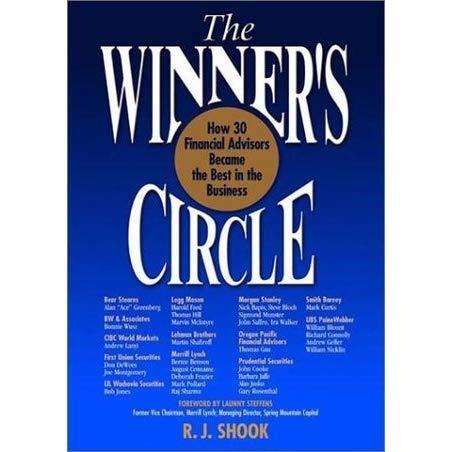
How I Got Started Writing Trading Programs
Completely driven by a desire for capital protection, that computer-enhanced trading system was called Proprietary Analysis and Computer Enhancement (PACE) and represents my first foray into developing a proprietary computer application to manage money. Incorporating seventeen advanced technical tools, each chosen to help identify the flow of funds into and out of individual equities, PACE essentially worked to pinpoint the entry and exit targets for our fundamentally researched whiteboard ideas.
Even back then I believed that technology is the key to our success and capital protection: The best attribute of PACE was that it shielded our assets from downturns in the market because we incorporated a disciplined stop-loss policy to avoid any major unforeseen downturns. According to an audited report by a top-eight accounting firm, the PACE program produced returns of over 600% in its five and a half years of existence.
Thus, my love of developing proprietary, computer-based programs to manage money had been fully unleashed and was about to go to an even higher level.
In 2005 The Rosenthal Group left Wall Street and we as a family left Manhattan. It was a rising time for hedge fund management and with the Rosenthal family’s private decision to relocate to the southeast coast of Florida, my father and I decided to take our favorite 10% of clients and open three hedge funds in Palm Beach. Shortly thereafter, my college investing buddy and I started writing algorithms to enhance our trade management. The algos we use on the ARMR Report Live Trading Desk are the by-product of those years of investigation, trial and error, and loads of testing and optimization.
A lot has changed about the markets since we launched the funds: the crash of 2008, the Madoff case, HFTs, and the implementation of digital execution altered decades-old approaches to trading and investing. As any good money manager would, my thoughts, ideas, and protocols evolved with the times. While it was fun to run money as a hedge fund, I recognized that I had a choice:
We could continue with the traditional structure which excludes most investors. Or we could create a platform designed to incorporate all the powers that hedge funds possess. I really liked the idea of making such a resource available to anyone who takes on the admirable task of being his or her own portfolio manager. Through that latter option, we would help people like you become armed with solid risk management trading tools so that you protect capital and build net worth over time exactly the way the pros do.
The truth is, I’m lucky. I’ve been blessed with a hugely successful career and could, if I wanted to, choose to simply run my own family assets for the rest of my life.
But where’s the fun of that?
I have so much knowledge to share, such a love for the investing community, and such respect for the individual investor and his attempt to beat the institutions. There’s no way I’m just sitting back and disconnecting from my brothers and sisters in the trenches. In fact, I decided it was time to marshal the forces more than ever before.
This is where you and I meet:
Back in 2017 I complained to my wife, Rebecca, “I don’t get it: I have all the right ideas, but I’m not making money. Where’s the disconnect?”
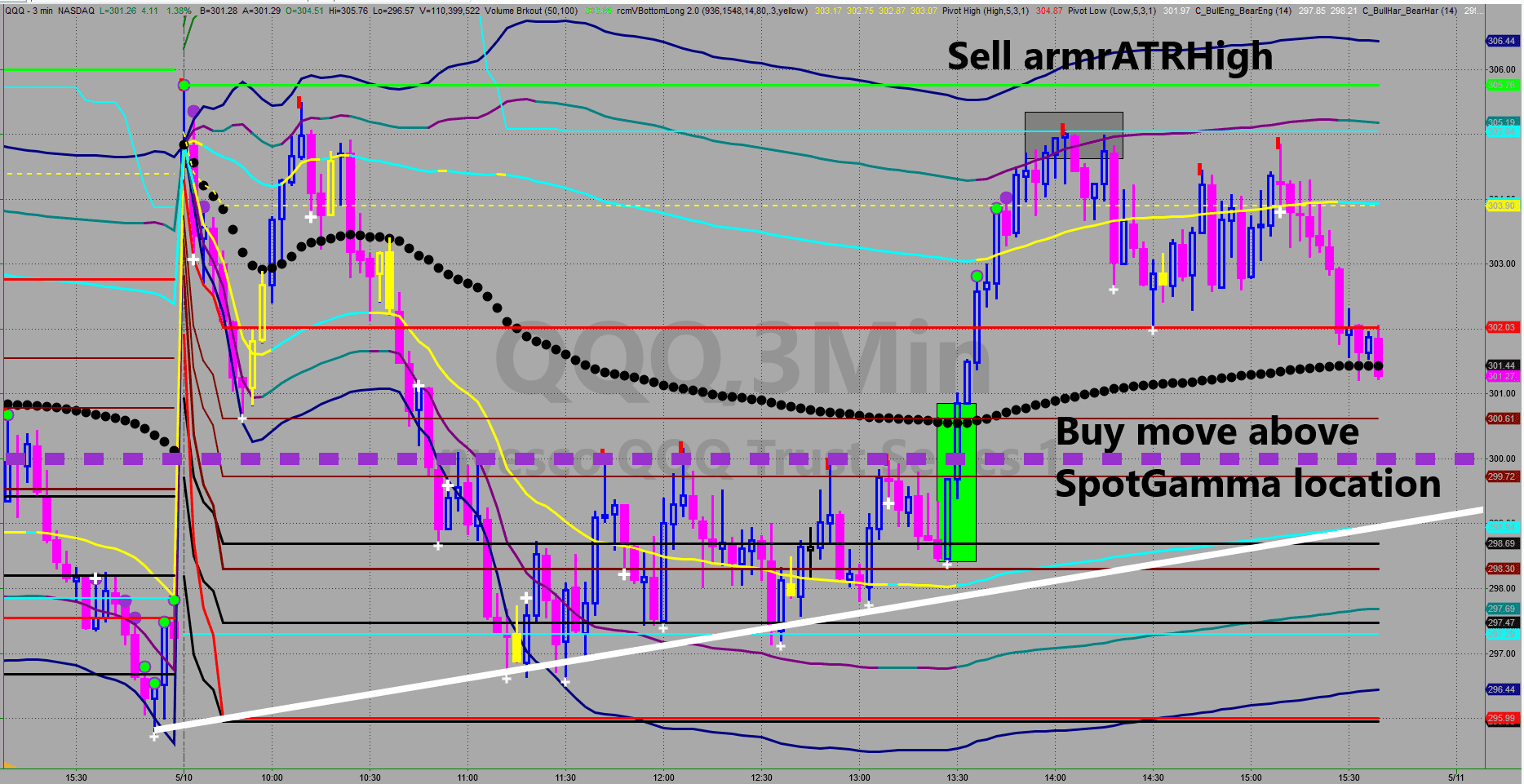
Looking back over my three decades of professional investing I noticed a pattern:
We always had terrific stock investment ideas on the whiteboard and vetted them with solid fundamental research.
Often, due to our proprietary algos we found perfectly timed entry points.
Too often we lost money on trades because we couldn’t carry the trade to its natural completion due to our emotions getting in the way.
Rebecca mulled what I said for a moment and then, because my wife is loving, supportive, and solution oriented, she had an immediately interesting suggestion:
“You’re so good at teaching and explaining how to invest in stocks and make money,” she said. “Why don’t you start making YouTube videos to help other investors learn? A public forum will help you stay accountable to yourself.”
(I chose a good woman, would you agree?)
I followed Rebecca’s advice.
YouTube Channel
I launched the ARMR Report YouTube channel in 2015.
Almost immediately people started following me – which helped me remove emotion, so my trade execution improved. By being on record and talking strategy with viewers I became a much better fund manager.
There was such a welcome demand for more that we launched the ARMR (Algorithmic Risk Management Research) Report in 2018.
Through the process I became obsessed with increasing my trade management protocols for two important aspects of how to invest in the stock market.
First, by strategically and emphatically implementing a strict stop loss strategy I developed proven ways to get on the right side of probabilities and statistics so that I easily know when reward is worth the risk.
Second, I launched a quest to actively handle those twin emotions: fear and greed. With a practice of mindfulness, patience, and self-coaching I worked daily to curb my emotional responses. I dramatically cut out the noise (good-bye, CNBC: there are no tv screens in my office) and narrowed my focus the way I do as a hockey player on the ice: Simply watch the play; then, be nimble, read and react. That’s it. No emotion necessary.
I’m human, so this is all a work in progress. One of my favorite things to do now is to personally talk to you, my fellow individual investors, about things as important as strategic stock market trading, implementing algorithm-driven strategies and protocols, and productively managing emotions. Through these subjects it’s my intention that as a community we always strive to protect capital first, and then capture alpha.
SO FAR …..
The rest, as they say, is history. In response to the ARMR community requests, we built the ARMR Report into the thriving platform you’re learning about today.
I’m happy to report that we host members from over 35 countries and continue to build out our live virtual hedge fund trading desk (ever watched Billions?). Plus, we’ve designed a unique way for you as an individual to access the same type of real-time, proprietary actionable information and money management resources as the professional portfolio managers and institutions against whom you’re trading.
Everything about my ARMR vision has been designed to enhance your ability to make money in the stock market. The idea that you will win against the Goliaths of the investing world wakes me up with energy and excitement every morning. The knowledge that I will connect with, mentor, and teach individual investors just like you how to protect your investment gains makes me smile just thinking about it.
Of course, life happens off the trading desk too.
I’m rarely out of the office during trading hours, but if I am it’s because we’re on a family boating vacation, or I’m teaching the kids how to fish off the beach, or I’ve gone out on the ocean for a long-board paddle session to clear my mind, keep my focus, and stay balanced in all the essential ways.
My father always taught us, “Do what you love, and the money will find you.” He encouraged my sister and me to follow our passion, stay true to ourselves, and be bold enough to take risk in everything we do.
When it comes to managing your own capital, I invite you to do the same. Yet do it in community.
There’s strength in numbers and the value of mentorship and peer support goes a long way in quelling the noise of both the inner and outer worlds so that you can focus on performing at the same level as a professional portfolio manager.
The institutions have loads of resources designed to give them leverage over the little guy. Your disadvantage ends when your ARMR Report journey begins.
The power of the institutions awaits you, my friend. We’re all in this together.
Learn more about what that means by studying the The ARMR Report Way: A Risk Management Protocol. My latest focus has been distilling my years of money management experience, knowledge and process into a simple 3-stage, 9-step program that you can easily start implementing in your trading sessions as early as today.
I look forward to seeing you on the desk….


